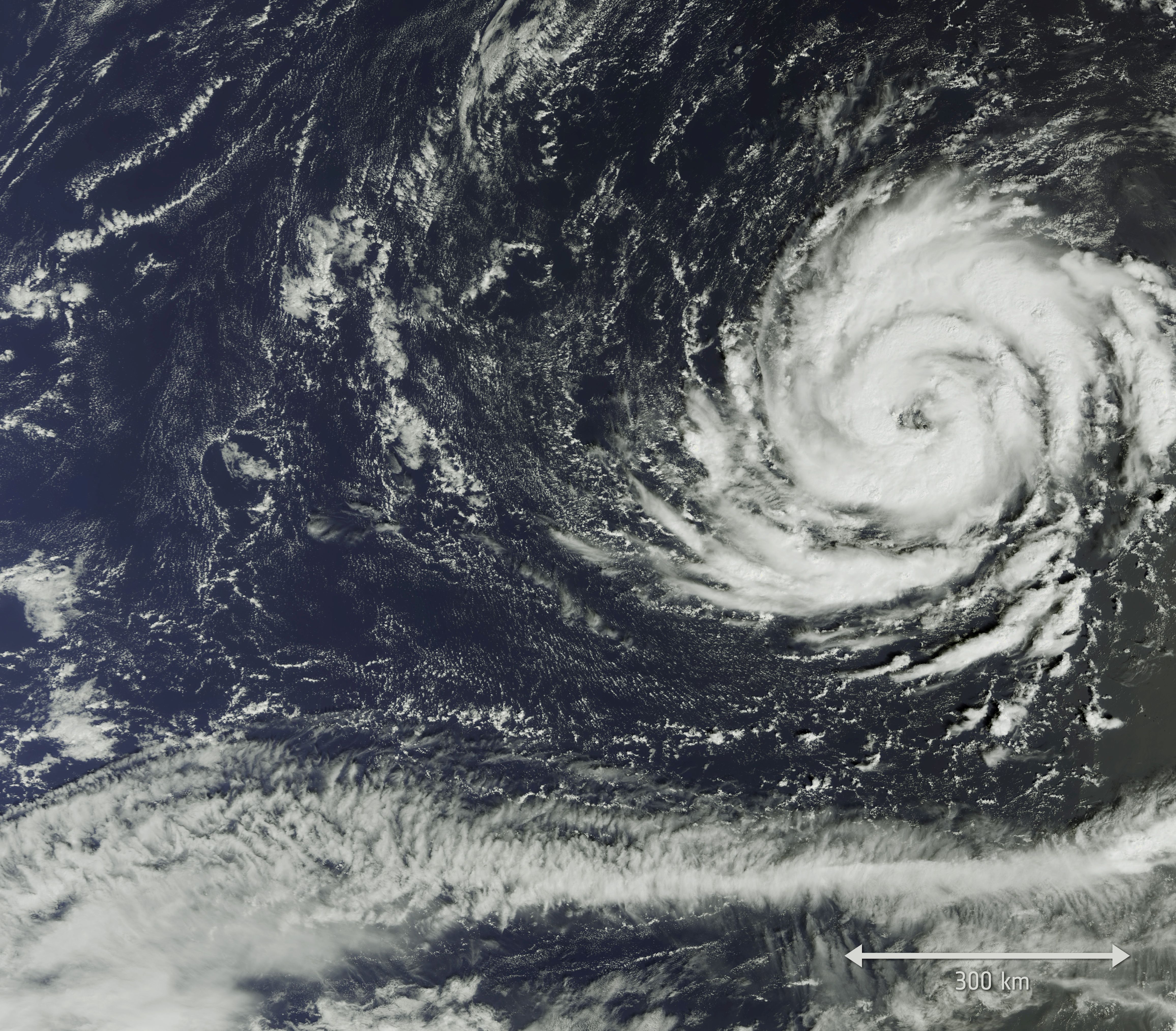Introducing Aeolus, ESA’s wind-watching satellite
20 August 2018
When was the last time you checked the weather forecast? Was it accurate? Predicting the weather is very difficult, but accurate forecasts are important. They help with farming, fishing, construction, transport, and just planning your day! Weather forecasts are becoming more reliable, but better information about the wind is urgently needed. To help, ESA is preparing to launch a new satellite, called Aeolus.
This is what Aeolus will look like once it is orbiting Earth. Copyright: ESA/ATG Medialab.
Most satellites have lots of different instruments, but Aeolus has just one very important device. Called Aladin, it uses two powerful lasers, a large telescope, and very sensitive receivers. The laser beams ultraviolet light towards Earth, which bounces off air molecules, dust, ice, and droplets of water in the atmosphere. The remaining light that bounces back toward the satellite is collected by Aladin’s telescope, and then measured. Using this technique, Aeolus can probe the lowest 30km of Earth’s atmosphere, measuring winds as they swirl around our planet.
The Aeolus wind mission will help us to create accurate and reliable maps of the wind around Earth, seeing how they change and helping us to make useful weather predictions. It could even save lives by warning people of extreme weather like hurricanes, so that they can evacuate from the storm’s path!
Better understanding of the wind will also help scientists to predict long-term climate change on Earth, which is very important for keeping us and future generations healthy and safe. The Aeolus mission is expected to last three years and, if it is as successful as is hoped, perhaps it will pave the way for more wind-watching satellites.
Cool fact: Aeolus is named after the “keeper of the winds” from Ancient Greek mythology.






